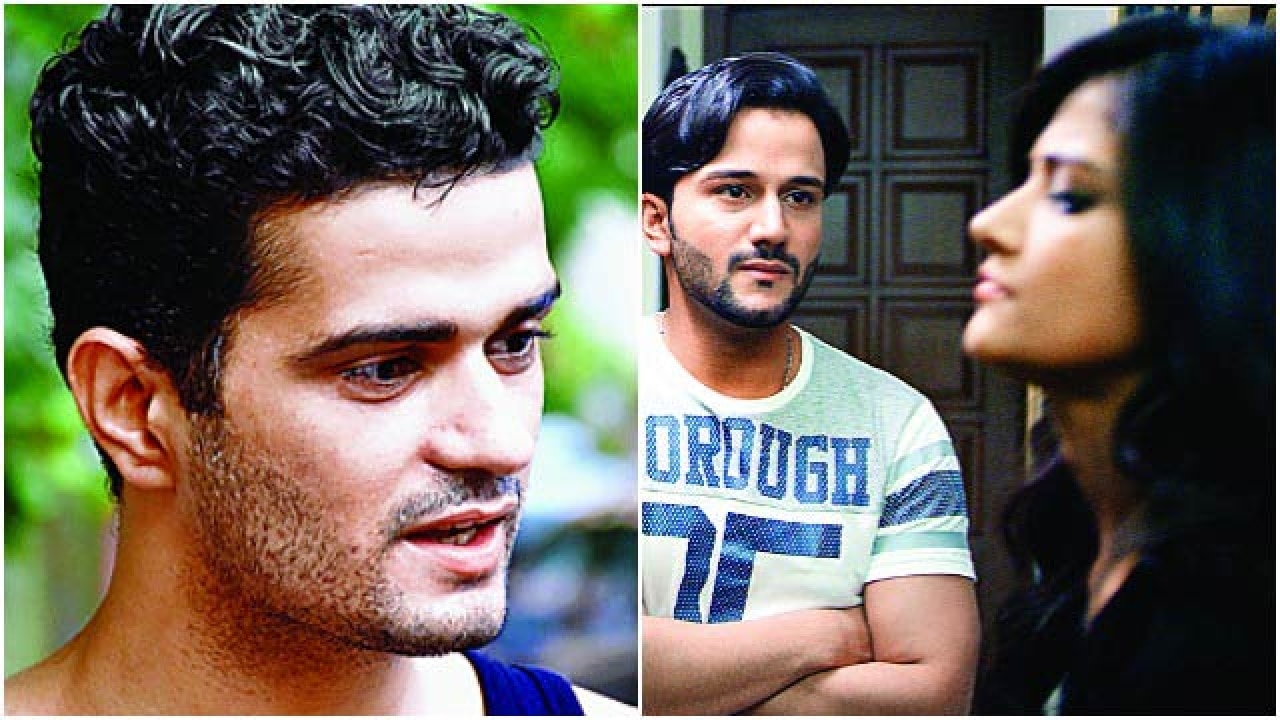
HIV as a topic is still taboo in many households. However, rather than shy away from the topic, filmmaker Bhushan Gaur decided to make it a talking point by making a film on HIV focusing on the hopes and aspirations of couples affected by the virus. Recognising Gaur and his team’s contribution in creating awareness about HIV, the team was invited to the HIV Congress held in Goa on March 19, and were felicitated by the governor of Goa and HIV congress for their efforts in raising awareness about the virus. We caught up with Gaur and spoke to him about the film and his journey so far.
There Will Be Tomorrow is a film about hope. It has a beautiful message for everybody that every problem has a solution.
There were many films that have covered HIV and AIDS previously. However, nobody really has spoken about how beautiful life still can be after one realises that he or she is HIV positive. One of the very basic urges of mankind is to reproduce. Any couple would dream of having a baby together. There can be many hindrances to that thought. What happens when one of the partners is HIV positive? My aim was to spread awareness about how HIV is like an accident that can happen to anyone, anywhere but that is not the end.
For the longest time, while we were editing the film, I was quite unhappy with a lot of things, more because I wanted it to be artistic, entertaining, technically sound, perfect when it comes to imparting information, visually appealing and relateable. And yes that means a lot. The post production and reshoot continued for a long time in spite of the budgetary constraints that the movie had. But as soon as we were able to put together the first cut we realised it’s something extraordinary. In no time, the researchers and doctors that we consulted for making the film asked us to come over to take a huge award at the HIV congress, 2016 which was recently held in Goa. This incidently was the first screening of the film.
It was quite a task. Since the film is in English and I needed actors with a neutral accent and who looked a certain way and had a certain level of maturity towards HIV and training and understanding of drama as a genre. There were apprehensions about male actors to play the role of a diseased individual while the female actors were not sure of playing a pregnant woman. The film was self-funded and thus I needed to be extra careful about everything.
Nimisha walked into my office with someone’s reference when we had almost decided on another actress. She was given the scene to act. And within five minutes our idea about the casting changed. Her performance was better than around 250 actresses that we had auditioned. We then had to find a male lead who would look good next to her. We had two other top actors to play the male lead in mind but our quest to find that vulnerable, relatable and charming actor wasn’t over. One of the supporting cast asked us to audition Sahil who we had already rejected when referred by the casting agent. Sahil loved the script and asked us to trust him to deliver on the role. They look lovely on the screen; fighting and crying together. I have no regrets at all.
Firstly, the style of narration is unusual; it jumps from backward to forward and the multiple timelines are visually demarcated. Secondly, the way the film is short is unique: a few single takes mergered into one another. Thirdly, it’s entertaining while imparting information. Fourthly, no film previously spoke about HIV patients having their own uninfected babies.
It was a select screening for about 400 plus doctors and researchers, who have contributed to the cause of HIV. People went on clapping and praising it. One of the leading pharma company which was the sponsor at the event asked us to sell the rights of the film to them. Two other big international organisations asked us to make a film on their work. I am starting to shoot those films already. In short, it was very rewarding and encouraging.
I am amidst of selling the rights of the film to a few corporates. The money raised will be donated to the patients who are unable to afford HIV treatment. Once all of it is finalised the film will be ready for public screening in multiplexes.
Besides families suffering from HIV, I want every young individual to watch the film. HIV is not just a sexually transmitted disease, neither is it a gay disease. The film suggests what one needs to do if he/she falls pray to it. In one of the very beautiful compliments that I got from the Dr, Sudha Maniar from the organising committee of HIV congress 2016 was ‘This film is a must-watch for all the doctors who are dealing in HIV or any other such dangerous disease because emotional healing is more important that any medicine. And that’s what this film is talking about.’